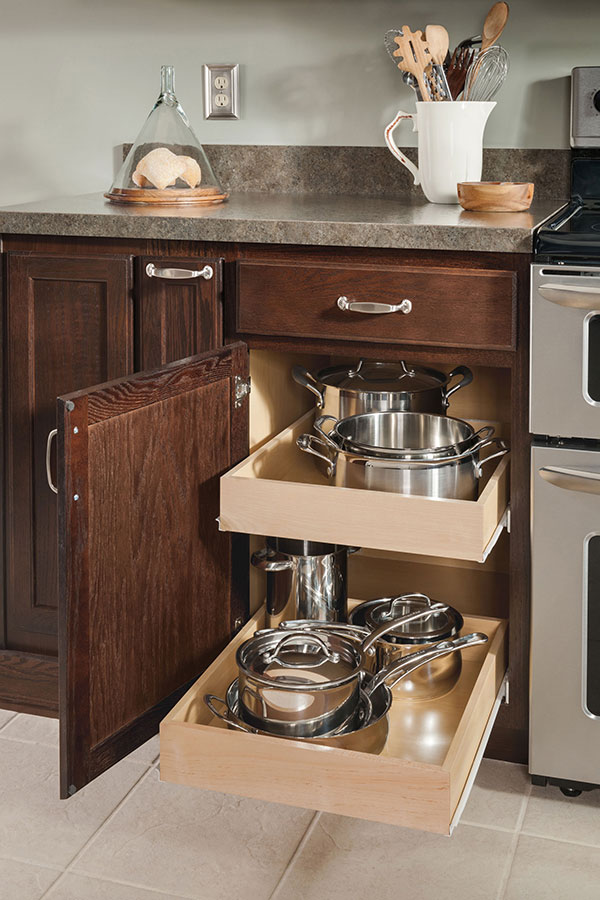- ICloud Photos lets you have your picture of a cake and shoot a video of eating it, too. You can create a library of images and movies that’s far larger than the storage space available on any.
- If those same photos were resampled down to 800 x 600 and saved at 50% JPEG they would be about 100 kb (0.1 Mb) in size (ideal for emailing). See the Changing Photo Size page. Printers (the machine) use a different colour scheme called CMYK (rather than RGB) - see the colormodes page for details. These make for larger file sizes and are.
Is There A Limit To Iphoto Library Size
If you do the math relative to your hard drive’s size, you’ll understand how much photo libraries are weighing down your computer: they were consuming around 1/4 of my iMac’s 1TB of drive space.
Prepare your external drive

You can store your library on an external storage device, such as a USB or Thunderbolt drive formatted as APFS or Mac OS Extended (Journaled). However, you can't move your library to a disk that's used for Time Machine backups.
To prevent data loss, Apple doesn't recommend storing photo libraries on external storage devices like SD cards and USB flash drives, or drives that are shared on a network.
Move your Photos library to an external storage device

- Quit Photos.
- In the Finder, go to the external drive where you want to store your library.
- In another Finder window, find your Photos Library. By default it's stored in the Pictures folder located at /Users/[username]/Pictures.
- Drag Photos Library to its new location on the external drive. If you see an error, select your external drive's icon in the Finder, then choose File > Get Info. If the information under Sharing & Permissions isn't visible, click the triangle , then make sure the 'Ignore ownership on this volume' checkbox is selected. If it's not selected, click the lock button to unlock it, enter an administrator name and password, then select the checkbox.*
- After the move is finished, double-click Photos Library in its new location to open it.
- If you use iCloud Photo Library, designate this library as the System Photo Library.
Make sure that the drive is turned on and available to your Mac before opening Photos. If Photos can't find your drive, it stops using the Photos Library stored there.
Delete original library to save space
After you open your library from its new location and make sure that it works as expected, you can delete the library from its original location.
In a Finder window, go back to your Pictures folder (or whichever folder you copied your library from) and move Photos Library to the trash. Then choose Finder > Empty Trash to delete the library and reclaim disk space.
Open another Photos library
If you have multiple libraries, here's how to open a different one:
- Quit Photos.
- Press and hold the Option key while you open Photos.
- Select the library that you want to open, then click Choose Library.
Photos uses this library until you open a different one.
Learn more
If you have a permissions issue with your library, you might be able to resolve the issue by using the Photos library repair tool.
* If the volume isn't formatted as APFS or Mac OS Extended (Journaled), or has been used for Time Machine backups but hasn't been erased, this checkbox will either not be present, or it won't be selectable after unlocking. Erase the drive for this option to be available.
Whether you’re looking for a backup solution for the photos on your iPhone or you’re just trying to free up some space, moving your pictures to the cloud is a great way to do it. One of the top cloud services, specifically for pictures, is Google Photos. But like all of the other photo storage services, there are some caveats. While Google promises free unlimited storage, there are some limits to it. But don’t worry — keep reading this article, and we will dive into the details.
Does Google Photos really offer unlimited storage?
The short answer is yes. Google Photos offers free unlimited storage, but that’s only if you don’t mind your pictures and videos being slightly compressed. What’s meant by “slightly” is that Google will limit your images to 16MP resolution and your videos to 1080p. If you’re treating this storage solution as a backup for your photo library, you might be okay with these limitations.
All that being said, you can still choose to upload full-quality pictures and videos; it will just count against the storage quota of your Google One account. And don’t worry, you can always upgrade that storage quota if you run out, but we’ll get into that later.
Before you start uploading your entire photo library to Google Photos, make sure you get rid of unwanted similar shots and duplicates. By using an app like Gemini Photos, you can quickly scan for them and declutter your library.
Download on the App Store
The Google Photos storage limit for uncompressed photos
You can always decide later that you want your pictures to be stored uncompressed in Google Photos. If you opt to do this, it will count against your Google One storage, which means it shares space with anything else you have stored in Gmail, Google Drive, or any of the other G Suite apps. Since you’re sharing storage across all your Google services, you can get 15 GB for free or upgrade to 100 GB for $1.99/month.
Photos Maximum Library Size Limit

If, after you’ve had a chance to play with Google Photos, you decide you want to switch to uncompressed pictures, you can change that from within the iOS app.
- On your iPhone, open the Google Photos app.
- Tap the Menu button (the three lines to the left in the Search bar).
- Tap Settings > Backup & Sync > Upload Size.
- Choose Original.
Getting more Google Photos storage
When you set up Google Photos to back up your library at original quality, you’ll eventually run out of space if you’re not regularly managing your library. But Google offers some very basic cleanup tools to help you free up some space. And, of course, you can always upgrade your storage space.
How to free up space in Google Photos
Fortunately, Google Photos offers an easy tool to help you clean up your library. After an initial scan, the app shows you clutter, such as screenshots and old meeting notes that you’ll likely want to get rid of now.
- Open the Google Photos app.
- Tap the Menu button (the three lines to the left in the Search bar).
- Tap “Manage your library.”
- You’ll be shown an Organization card. Tap “Review suggestions” to go through the photos.
How to upgrade your Google Photos storage plan
If you’ve cleaned up your Google Photos library and still need more space, you can upgrade your storage plan directly within the iOS app.
- Open the Google Photos app.
- Tap the Menu button, the three lines to the left in the Search bar.
- Then, tap Settings > Backup & Sync > Buy storage.
- Follow the on-screen instructions to choose your plan and upgrade.
Google Photos is a great solution for your photo library, whether you’re looking to back it all up or just free up space on your phone. And with free, unlimited storage, there’s almost no risk in giving it a test run. So if you want to test the waters of cloud storage for your pictures and videos, Google Photos presents you with a great chance to do just that.